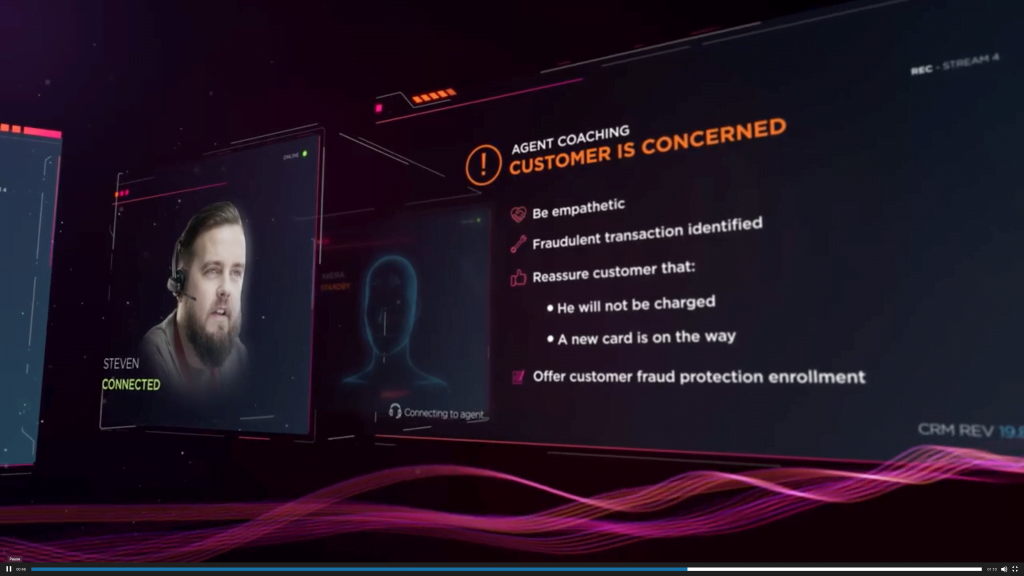Call center operations can deploy voicebots and chat agents to handle the surge in customer inquiries with empathy and quality.
Call centres have traditionally been a centralized location offering a single point of contact for customers. However, the health crisis today has emptied contact centers and forced agents to work remotely—or not work at all—until the pandemic situation improves.
Exacerbating the issue, businesses have seen a spike in customers’ enquiries over the last months, and more are expected to come as national lockdowns start to ease across the Asia Pacific region.
Even before global lockdowns began early this year, the adoption of automation technology had been on the rise. However, to enable call centers to keep up with increased volumes of customer enquiries while complying with social distancing measures, there has been an accelerated shift towards the use of automation.
For example, it was reported that 90% of DBS Bank’s 650 call centre staff based in Singapore are now working from home, while half of Citibank’s 300 call agents are doing so. In India and the Philippines, many companies are even saying that the move out of large call centers and back-office operations will be permanent post-pandemic.
In fact, these are not surprising statistics. According to IDC research, conversational artificial intelligence (AI) solutions are being deployed by businesses in virtually every industry during the coronavirus pandemic. This is because it plays a critical role in disseminating health information and assist businesses in staying agile by providing service support. These benefits transform customer experience (CX), empower employees, and enrich business insights during such challenging times.
Setting new standards for contact centres
With the easing of national lockdowns, businesses in Asia are starting to heave a sigh of relief. As economies cautiously restart in the coming months, automation technology is likely to stay and become the new standards for contact centres of the future. It can enable businesses to get as many queries as possible answered by the virtual agents, before moving any calls over to human agents to handle.
While some may be leveraging AI to address high volumes of queries, businesses who are ahead of the recovery phase are already looking at ways to personalize interactions with customers. This is where Conversational Service Automation (CSA) comes in.

Functioning as an intelligent assistant to the human agent, CSA helps create an integrated knowledge bank and guided workflow for agents, who are thereby equipped with customer interaction histories and detailed customer data on a single screen during customer engagement. This eliminates customer frustration, a common symptom of customers dealing with offshore agents due to language barriers and accents. More agents are finding that they no longer have to repeat themselves whenever their calls are being transferred to a new agent.
With the current environment, perhaps the greatest benefit of CSA is that it enables agents to work remotely, while allowing the company to monitor every interaction for compliance and quality—minimizing business disruption.
By providing an overview of the quality and content of the interaction for employers to assess, CSA ensures that the business does not suffer downtime due to a lack of manpower. Moreover, CSA does not just augment the quality of the contact center interactions, it also blends the capabilities of humans and technology to provide the organization with insights into customer and business needs that were not accessible before.
Communicating with empathy
On the other end of the line, amid high levels of uncertainty, customers want to be heard, validated and understood. The pandemic has pressed the panic button for most, pushing them to connect increasingly with their banks or insurance providers, to access information and resolve their queries. However, they are reaching out to brands not only on different channels, but also via different means.
Infusing customer-centricity within an organization’s support system is the first step towards achieving customer satisfaction. It is critical for brands to actively build trust, reassurance, and confidence through their agents’ responses, or putting it simply, to demonstrate empathy.
CSA can automate a large portion of the tasks that an agent would have had to manually deliver, such as automation of After-Call Work Summarization activity which is done manually today by every agent after each call. In being freed from manual tasks, human agents can then concentrate their energy into providing the customer with a personalized, empathetic and effective interaction that leaves the customer satisfied.
The pandemic has been an eye opener, and organizations have realized that customer experience will be a huge determining factor for survival and success. New technologies, like CSA, have emerged as a viable solution during this difficult time.
Contact centers can clearly function at optimal levels even with tough working arrangements that were unheard of just a year ago. It is time for organizations to rethink their CX strategies and the technology that enables optimization, in order to be future-ready no matter what the next challenge may bring.
